博文
把图还给书
 精选
精选
||
我有两本以Fallout为题的书,一本是OS 和原子弹的政治(O是奥本海默,S是Szilard,爱因斯坦签署的关于原子弹的信,就是他写的),另一本是Beforethe Fallout,从居里夫人说到广岛。没想到的是,前一本竟然是漫画书,而且是我讨厌的那种流行的日本漫画的样子(我喜欢以前的卡通),本想一怒之下退货的,但因为文字内容还算丰富,就免了。(还有本玻尔传,完全的漫画本,坚决不要了。)我喜欢有图的书,喜欢“插图本”,就像面条加辣椒油;但厌恶某些“风格”的图画,就像粉蒸牛肉加香菜。
那天看到邮报头版有张图片,是一些图书的封面,图下的标题是,don't ban these books from schools。原来是漫画家Michael Cavna在呼吁学校不要禁止小朋友读图画书。开头讲了一个小故事:一个小女孩儿津津有味读一本画书(graphic novel),遭到了老师的严厉训斥:课堂不许读那种书。“Graphic. Novels. Aren’t. Books.”
在Cavna看来,这是教育观念更新的问题——其实也许是“复古”或还原的问题,因为从前的图书是很多的;中国野史。看开明和商务版的老语文书,每一篇可问都配以一幅插图;看点石斋画报,每一幅图都是一个故事——图与书的结合本来是很有效的教学方法,可惜被丢弃了——
What this essayis, at heart, is an extended hand in the name of better understanding — especially as our schools are filled with so-called“reluctant readers” and other struggling learners. We face an educational imperative: Why not use every effective teaching tool at our disposal? Decades of studieshave shown the power of visual learning as an effective scholastic technique. Weknow that comics — the marriage of word and picture in a dynamic relationship that fires synapses across the brain — can be a bridge to literacy and a pathto learning. Armed with that knowledge, the last thing we need blocking that footbridge is the Reluctant Teacher.
对了,那小朋友读的是DavidSmall的Stitches:a memoir.
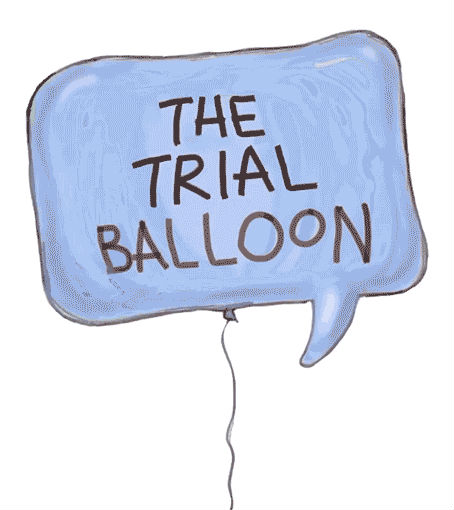
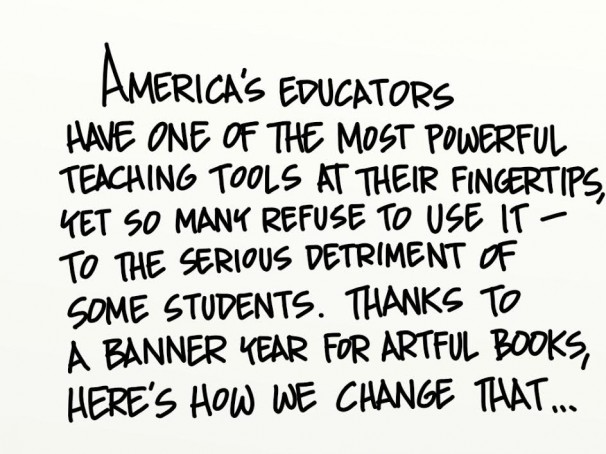
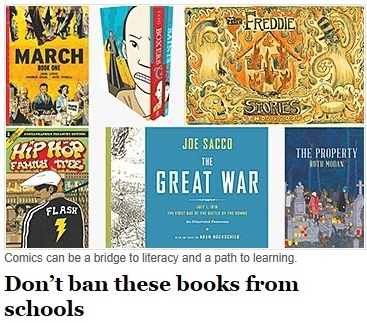
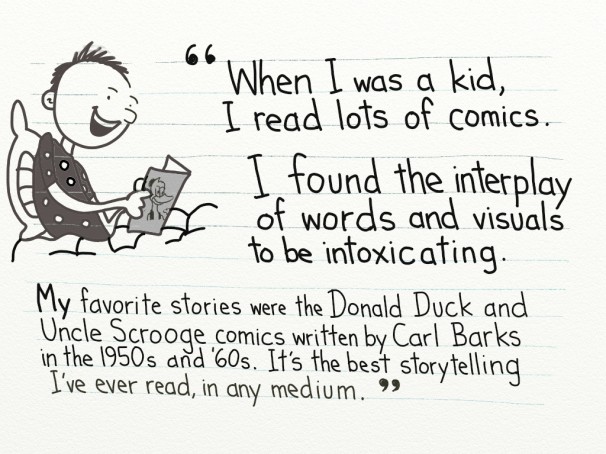
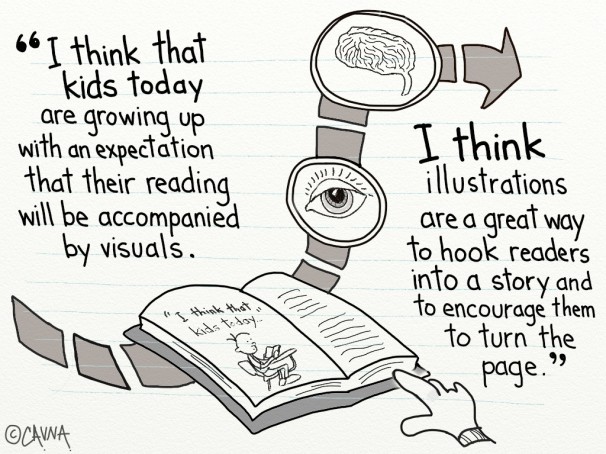
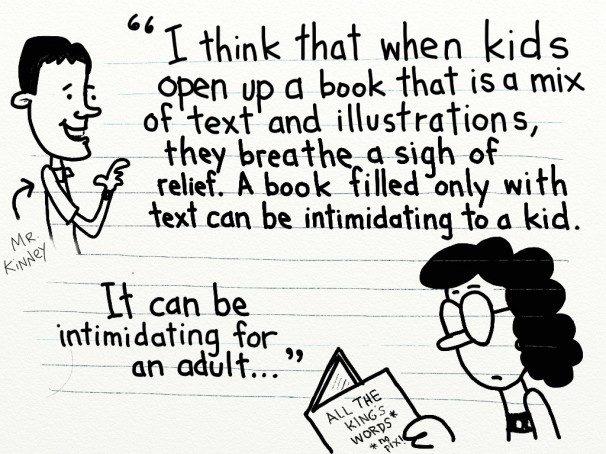
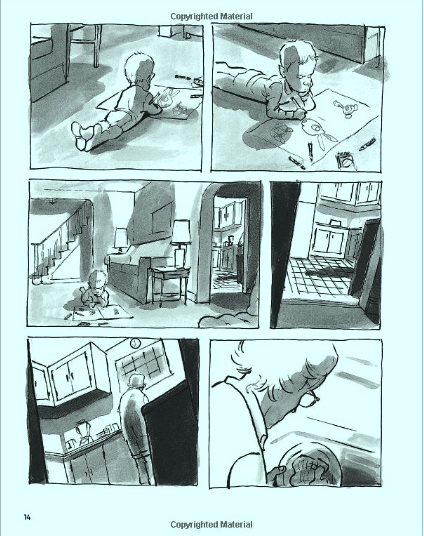
这就是那个小朋友读的图书
https://blog.sciencenet.cn/blog-279992-756338.html
上一篇:形容词是懒人的工具
下一篇:雪梅香 和庆华兄登苍山
全部作者的精选博文
- • 被拍卖的爱因斯坦方程
- • 彭罗斯的新物理狂想曲
- • 再说霍金彭罗斯
- • 彭老说黑洞
- • 314与137
- • 爱丽丝镜子里的时空奇点
全部作者的其他最新博文
- • 被拍卖的爱因斯坦方程
- • 彭罗斯的新物理狂想曲
- • 再说霍金彭罗斯
- • 永遇乐 辛丑元日还乡
- • 望海潮 元旦过锦江
- • 北京至成都过五城